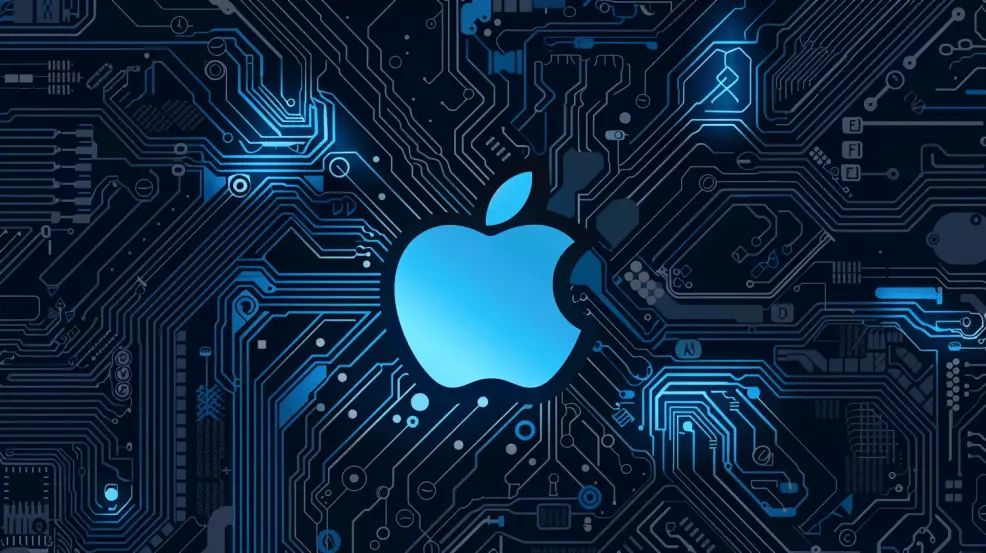Advancements in artificial intelligence continue to redefine how machines interpret the world, and Apple’s latest innovation, Depth Pro, is no exception. This cutting-edge system promises to revolutionize the realm of depth perception, paving the way for transformative applications in fields such as augmented reality (AR) and autonomous navigation. By utilizing a single 2D image to create intricate 3D depth maps with impressive speed and accuracy, Depth Pro could reshape various industries where real-time spatial understanding is crucial.
Apple’s Depth Pro introduces a remarkable breakthrough in monocular depth estimation, a task that has historically challenged researchers due to its reliance on complex imaging techniques. Traditionally, depth perception required multiple images or additional metadata—like focal lengths—to provide accurate measurements. However, Depth Pro circumvents these hurdles, delivering high-resolution depth maps in just 0.3 seconds using a standard graphics processing unit (GPU). This acceleration represents a significant leap forward, particularly for real-time applications that demand immediate data analysis.
The power of Depth Pro lies in its ability to produce 2.25-megapixel depth maps with exceptional clarity. These maps capture intricate details, enabling the technology to discern fine elements such as hair and vegetation, which many preceding methods have disregarded. The architecture of Depth Pro, driven by an efficient multi-scale vision transformer, enables simultaneous processing of broader image context and foundational details, enhancing precision and speed in comparison to earlier models that were often sluggish and less accurate.
One of the standout features of Depth Pro is its ability to deliver both relative and absolute depth measurements, a capability referred to as “metric depth.” This characteristic is particularly vital for applications in augmented reality, where virtual objects must occupy precise locations in the physical world. Unlike conventional models that require extensive training on specific datasets, Depth Pro employs zero-shot learning techniques, allowing it to make accurate predictions across a broad spectrum of images without needing camera metadata.
The implications of such flexibility are vast; for example, consider the e-commerce sector. Depth Pro’s capabilities could empower consumers to visualize how a piece of furniture would fit in their living spaces using just a smartphone camera. Similarly, in the automotive domain, real-time depth mapping generated from a single camera could significantly enhance the ability of self-driving cars to navigate and sense their environments, ultimately making roads safer for everyone.
Tackling Challenges and Enhancing Accuracy
Depth estimation technology is often plagued by challenges, particularly the issue of “flying pixels”—artifacts that result in misleading depth readings. Depth Pro confronts this challenge directly, making it an invaluable tool for applications that hinge on accurate reconstruction and spatial analysis, such as 3D modeling and virtual environments. Furthermore, it excels in boundary tracing—a critical aspect for effectively distinguishing between objects and their edges. The research indicates that Depth Pro offers a substantial leap in boundary accuracy compared to previous systems, thereby enhancing tasks requiring precise object segmentation.
By addressing these challenges head-on with its innovative architecture and algorithms, Depth Pro not only improves depth estimation but also contributes to a more reliable understanding of environmental structures.
Open-source Access and Future Potential
In a commendable move towards promoting wider application and development, Apple has made Depth Pro open-source. The availability of its code and pretrained model weights on platforms like GitHub invites developers and researchers to explore the technology’s capabilities further. This collaborative effort promises to enhance Depth Pro, fostering advancements in various fields such as robotics, manufacturing, and healthcare.
The research team behind Depth Pro encourages experimentation, indicating that this release marks the beginning of its potential journey. With the ability to create real-time, metric-depth maps accessible without specialized training, the opportunities for innovation are immense.
The Larger Vision for AI and Spatial Awareness
As artificial intelligence continues to reshape how we interact with technology and interpret the environment, Depth Pro sets a new standard for monocular depth estimation. The model’s achievements in generating high-quality, swift depth maps from single images present vast applications for industries where spatial awareness is paramount.
In an age where AI plays an increasingly vital role in decision-making and product development, Depth Pro stands out as a shining example of how pioneering research can translate into practical solutions. Whether enhancing machine perception capabilities or enriching consumer experiences, Depth Pro holds the promise of making a lasting impact across multiple sectors. The era of enhanced spatial awareness and dynamic computing has arrived, heralded by Apple’s formidable innovation in Depth Pro technology.


Leave a Reply